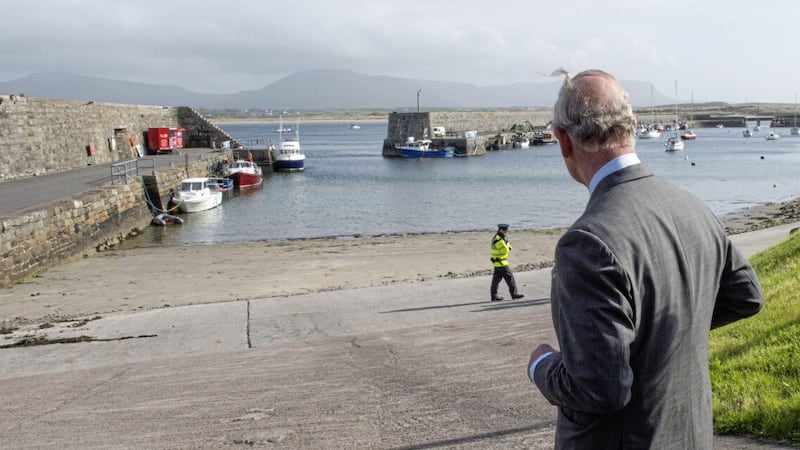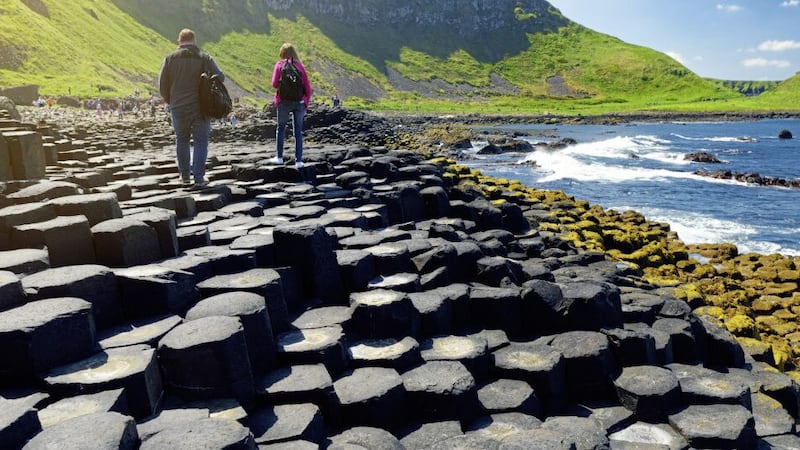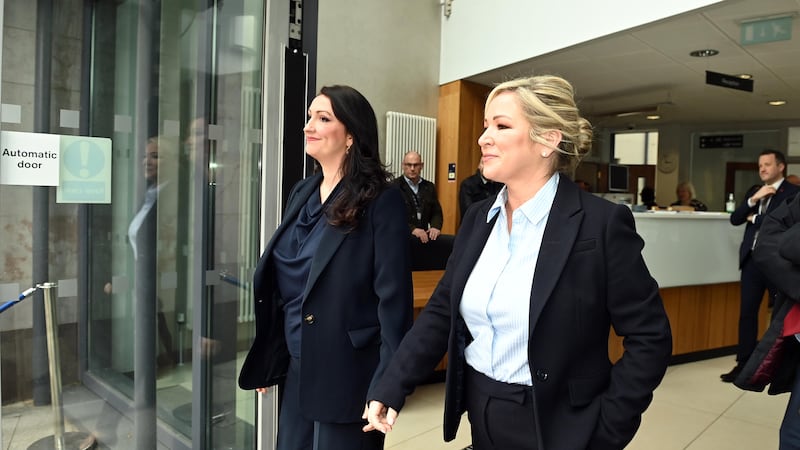THERE were many heartrending episodes during the Troubles era (hopefully never to return.)
One that had a particularly strong impact on the present writer occurred on March 20, 1993, when 12-year-old Tim Parry and three-year-old Johnathan Ball died after two IRA bombs exploded in litter bins at the town of Warrington, about halfway between Liverpool and Manchester. The fact that my own children were then aged between five and 12, and often accompanied me into Dublin city centre, added to the sense of shock. This recurred the following October when I was assigned to cover the launch of the Warrington Project, aimed at improving relations at community level between Britain and Ireland. It was officially announced by then President of Ireland, Mary Robinson and, speaking at the event, Tim Parry’s father, Colin, pointed out that the Troubles had resulted in the deaths of some 120 other children at that stage, as well as about 3,000 adults.
The tragic and heartbreaking deaths of those two young boys highlighted the need to bridge the gap between two nations with a long history of mutual hostility. A few hours before the launch, it was announced that Prince (now King) Charles would also be attending. He was due to arrive after the president had left but the two of them re-arranged their schedules in order to have a meeting in private, which at the time was quite an historic event.
Six months later in May 1994, during a stint reporting from Russia, I covered a visit by the prince to St Petersburg where the UK press pack was considerably bigger than the number of local spectators. British photographers, some of them bearing cameras as big as bazookas, followed his every move. Formerly known as Leningrad, the city was besieged by German forces from 1941 to ’44 and more than a million civilians died, mainly of starvation. I watched as Charles was taken to see the mass graves from World War Two and those huge mounds of earth still haunt my mind.
Fast forward to August 18, 1998, when the prince came to Omagh, three days after the Real IRA bombing which killed 29 people and injured more than 300. Accompanied by the late Mo Mowlam, David Trimble and Seamus Mallon, he did a walkabout in the town, offering sympathy and support to the local people. Recalling the death of his relative and mentor Lord Mountbatten, as well as three others, in an IRA bombing 19 years previously, he expressed the hope that, “this time it will be the end of all the horrors that poor Ireland has had to suffer”. At the time of the Mountbatten atrocity, he wrote in his diary: “Life will never be the same now that he’s gone.”
On February 16, 2002, I reported in the Irish Times on a speech he gave at the Glencree Centre for Peace and Reconciliation in County Wicklow, where he declared: “I have always felt what can only be described as a sense of affinity with the rhythms of the Irish soul”. The prince went on to say: “I am only too deeply aware of the long history of suffering which Ireland has endured, not just in recent decades but in the course of its history.”
His conversation last week at Hillsborough Castle with Assembly Speaker Alex Maskey of Sinn Féin and the party’s first minister-designate Michelle O’Neill, in the presence of DUP leader Sir Jeffrey Donaldson, has been the talk of the town ever since. Back in the early summer of 1998, Prince Charles was scheduled to attend a garden party at Hillsborough and Mo Mowlam, in her capacity as Secretary of State, invited Sinn Féin leaders Gerry Adams and the late Martin McGuinness. Unionist and Tory MPs were very annoyed at the decision but Dr Mowlam insisted they were invited because they were elected MPs, adding that they would not meet or shake hands with Charles. Happily for the unionists, Sinn Féin declined the invitation because of the prince’s connection with the British army (he became Colonel-in-Chief of the Parachute Regiment in 1977.)
Times have certainly changed. Who would have thought, back in 1998, that as King Charles noted in his recent conversation with Michelle O’Neill, Sinn Féin would become the biggest party in the Stormont Assembly and, if the opinion polls are reflected at the ballot-box, by far the largest party in Dáil Éireann after the next general election? To expand on that famous remark by Alex Maskey: Don’t be telling Jeffrey, Leo Varadkar or Micheál Martin!
Email: Ddebre1@aol.com; Twitter: @DdeBreadun








